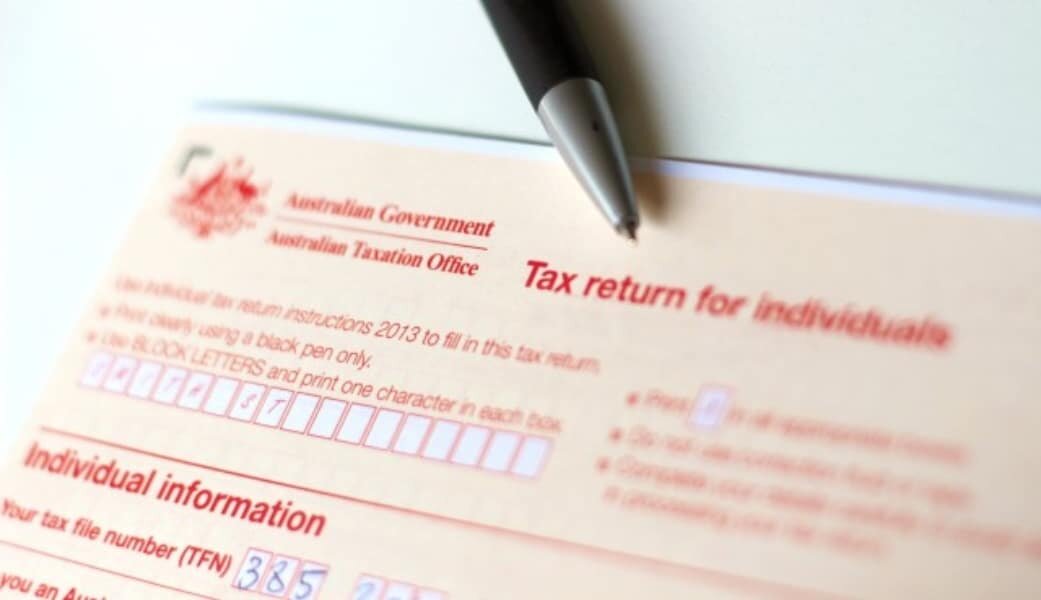How to Maximize Your Australian Tax Refund with Expert Advice
Wiki Article
Making Uses Of a Tax Return: Unlocking Possible Financial Savings and Ensuring a Larger Tax Reimbursement
The tax return acts as an important tool for people seeking to enhance their financial results, supplying various opportunities for potential cost savings and boosted refunds. By leveraging credit scores and deductions, taxpayers can tactically minimize their taxed revenue and improve their general monetary standing. Nonetheless, the complexities of tax guidelines and the ever-evolving landscape of tax obligation law necessitate an extensive understanding of available alternatives. What are the key techniques that can be utilized to guarantee that taxpayers take advantage of these benefits? The response might disclose greater than simply monetary gains.Understanding Tax Reductions
Numerous taxpayers may locate themselves overwhelmed by the intricacies of tax obligation deductions, yet recognizing these vital parts is critical for making best use of possible financial savings. Tax deductions reduce gross income, therefore lowering the general tax responsibility for people and services. Acquainting oneself with the different sorts of reductions readily available can substantially improve one's capability to optimize income tax return.Deductions can be classified into basic and itemized deductions. The typical deduction supplies a set reduction in gross income, while itemized reductions enable taxpayers to enumerate particular expenditures, such as home mortgage interest, state taxes, and philanthropic contributions. Taxpayers should examine which option generates the best benefit, as picking the appropriate deduction approach can result in significant savings.
In addition, it is essential to maintain exact documents of deductible costs throughout the tax obligation year. This technique not just helps with the prep work of tax obligation returns however also guarantees conformity with internal revenue service requirements. Taxpayers need to likewise remain informed regarding modifications in tax legislations that may affect qualified reductions, as these can vary each year. By effectively traversing the landscape of tax obligation deductions, individuals can expose the potential for a much more desirable tax obligation result and safe higher financial advantages.
Checking Out Tax Credit Reports
Tax credit ratings represent one more remarkable opportunity for taxpayers to reduce their overall tax obligation obligation, complementing the advantages gained from reductions. Unlike deductions, which reduced gross income, tax obligation credit scores supply a dollar-for-dollar reduction of the actual tax owed. This distinction makes tax obligation credit ratings specifically important for people seeking to maximize their savings.There are two main kinds of tax obligation credit scores: nonrefundable and refundable. Nonrefundable credit scores can decrease your tax responsibility to zero yet not below that amount, while refundable debts can result in a refund if the debts go beyond the tax owed. Examples of frequently declared tax credit scores include the Earned Income Tax Obligation Credit History (EITC), the Youngster Tax Obligation Credit scores, and education-related credit ratings like the American Opportunity Credit Scores.
Qualification needs for these credits can differ considerably, commonly based upon revenue, submitting status, and certain circumstances. Taxpayers must extensively review the criteria associated with each credit score to identify they declare all advantages for which they certify. By tactically utilizing available tax obligation credit ratings, people can enhance their tax returns, inevitably causing substantial savings and potentially bigger refunds.

Investing Your Reimbursement Intelligently
Receiving a Tax refund can seem like a financial windfall, yet how that money is made use of can exceptionally impact long-lasting economic health and wellness. Instead of watching your refund as non reusable earnings, consider it a possibility to buy your future.

One reliable option is adding to a Private Retirement Account (INDIVIDUAL RETIREMENT ACCOUNT) This can improve your retired life financial savings while potentially yielding tax obligation advantages. Conversely, purchasing a varied stock profile can supply considerable development capacity over time, permitting your refund to benefit you in the market.
Additionally, think about utilizing your reimbursement to pay for high-interest financial obligation, such as credit rating card equilibriums. Minimizing financial obligation can boost your financial standing and relieve tension, eventually enabling you to allot even more funds towards financial investments in the future.
For those focused on education, utilizing your refund for a 529 college cost savings strategy can assist protect a brighter future on your own or your children.
Planning for Future Costs
Carefully preparing for future costs is crucial for preserving financial stability and accomplishing lasting goals. A well-structured monetary plan enables individuals to allot resources properly, ensuring that upcoming expenses do not interrupt their economic well-being. Tax obligation returns can provide a useful structure for this preparation procedure.Using the refund as a springboard, people can identify and prioritize substantial future expenses, such as home repair services, education prices, or health care demands. Developing a spending plan that incorporates these expected expenses enables a positive strategy, reducing the likelihood of economic strain when the time comes to address them.
Moreover, reserving funds from your tax reimbursement into specialized interest-bearing accounts can improve the performance of your preparation. Australian Tax return online. Take into consideration producing a reserve especially for unexpected expenses, ensuring that you are planned for unanticipated conditions without hindering your financial goals
Common Blunders to Prevent
Many people make essential blunders when managing their tax obligation returns that can weaken their economic planning efforts. Insufficient documents can lead to missed reductions, resulting in a lower reimbursement or greater tax obligation liability.One more frequent blunder is neglecting to assess tax obligation law modifications. Tax obligation policies can advance annually, and ignorance of these adjustments may result in missed out on possibilities for tax credit histories or deductions. Furthermore, numerous taxpayers neglect qualified deductions, such as those for clinical expenditures or instructional prices.

Filing taxes too late or too very early can additionally be destructive. Early filers may lose out on final tax obligation breaks, while late filers risk penalties and interest.
In addition, not looking for professional assistance when necessary can lead to costly mistakes. Tax specialists can offer valuable insights, guaranteeing compliance and making the most of prospective savings.
Lastly, hurrying with the return can result in straightforward math blunders or neglected types. Taking the time to ascertain all access is essential for an effective tax obligation return result.
Final Thought
To summarize, the tactical usage of tax returns works as an essential device for optimizing economic advantages. By extensively understanding and applying credit scores and deductions, individuals can substantially reduce gross income and enhance reimbursement amounts. Furthermore, prudent investment of refunds and efficient planning for future expenditures add to long-lasting monetary stability. Awareness of typical risks can also improve the tax obligation process, ultimately equipping taxpayers to take advantage of their returns for an extra secure monetary future.Tax obligation credits stand for one more significant method for taxpayers to reduce their general tax obligation, enhancing the benefits gained Australian tax return from reductions. Unlike reductions, which lower taxed income, tax credit scores give a dollar-for-dollar reduction of the actual tax obligation owed. Nonrefundable credit reports can lower your tax obligation obligation to zero however not below that quantity, while refundable credit histories can result in a reimbursement if the credit scores go beyond the tax owed. Examples of generally asserted tax credits include the Earned Income Tax Obligation Credit (EITC), the Kid Tax Obligation Credit scores, and education-related credit scores like the American Opportunity Credit Rating.
Tax obligation policies can progress yearly, and ignorance of these modifications may result in missed opportunities for tax credits or reductions. - Australian Tax return online
Report this wiki page